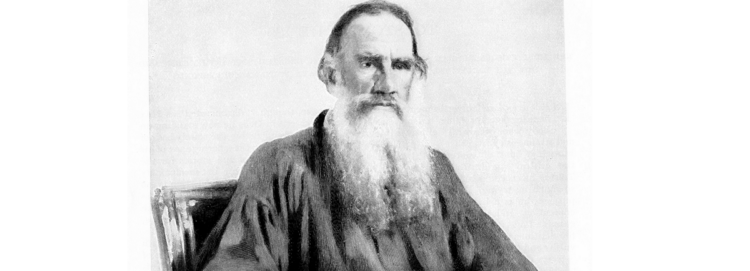Lucian Camp is a financial services brand consultant, copywriter, author and blogger. He co-presents the On The Other Hand podcast.
It occurs to me that for someone who’s spent quite so many years working for clients, my blogs have had remarkably little to say about them. I could certainly have written a fair few warm and appreciative pieces about the best of them – perhaps I will, next time – and I could have written some very grumpy pieces about the worst.
The latter would probably have been more fun to read, and also perhaps more recognisable. Tolstoy may have said that “happy families are all alike; every unhappy family is unhappy in its own way.” But what may be true of families isn’t true of client relationships: it’s the unhappy ones that are all more or less the same.
For example, I’d like to share an experience I’ve often had to endure working for clients which are staffed, as so many are, by a few senior people who more or less know what they’re doing, and a lot of marketing and comms people, often very junior, who don’t really understand what the senior people do, or want , or say.
Unfortunately, there are lots of big human-nature reasons why it’s hard to bridge this divide. The marketing and comms people, especially if junior, may be frightened of the senior people; they may be embarrassed about revealing their lack of understanding; they may be anxious that if they ask for explanations they won’t understand them either. And vice versa, the senior people may be really bad at explaining; they may not realise just how little the marketing and comms people actually know; and of course everyone’s terribly busy and no-one has time to sit around in training sessions about ESG investing or tax rules on inheriting pensions or whatever.
But whatever the ingredients of a firm’s exact cocktail of inhibitions, the result is the same. The senior person throws out a brief and vague expression of what they want to do. The marketing or comms person doesn’t understand it, but writes it up into an even vaguer and probably erroneous brief for the agency. He or she very likely copies this brief for comment to the senior person, who doesn’t read it. The marketing or comms person briefs the agency, who can’t make much sense of it. They try to ask some questions about it, but the marketing or comms person just gets jumpy and bad-tempered in the way that people do when asked questions they can’t answer. The agency takes this hopeless brief back to base, and there’s a whole other story outside the scope of this blog about how it goes from team to team and from draft to draft without ever becoming any clearer, and quite likely becoming vaguer and more erroneous. Eventually the creatives come up with some ideas, and they’re shown to the marketing and comms people, who receive them non-committally but agree to show them to the senior person who asked for the work in the first place.
And the climax of this sad story is that the person who asked for the work in the first place sees the ideas, and says, “What the hell is this? This is a million miles from what I wanted! That agency’s useless! Tell them they’ve got 24 hours to do something half-decent, or they’re fired.”
In the worst-case version of this story, the senior person hates the second-round ideas just as much, and the agency is now getting into serious trouble. More often, at some point during the sequence of difficult and unsuccessful meetings, a glimmer of understanding of what the senior client wanted does somehow emerge. So in its second-round creative development, the agency may have only 24 hours but at least it has some idea of what it’s supposed to be doing, and the new ideas are received with grudging enthusiasm by the senior client.
I’m sure you recognise this process from working with a fair few of your own clients. I recognise it from many of mine, but I have to say none more so than Nationwide back in the noughties. At the highest level, Nationwide senior management and brand and marketing people had a fairly good grasp of the brand’s core values, but that wasn’t what we were working on. We were working on the product stuff, mainly in print and the early days of digital. And it was, almost always, exactly as I’ve described it in the last few paragraphs: in short, absolute misery. You embarked on a new brief with some kind of pathetic hope that you might be able to do something quite decent. But by the end, every time, you were immersed in a desperate, sweaty-palmed panic, fearful that this time you wouldn’t be able to get them to agree to anything at all and an empty space would appear in the next day’s Daily Mail with a small copy line saying “Paid For By Nationwide Building Society.” It never actually happened. But you’ve no idea how close it often was.
I’m going to have to stop now, because revisiting that experience has brought me as close to a bout of PTSD as I’m likely to get and I think a short dog-walk would help calm me down. But I’ll come back to this theme soon – there’s plenty more life in it yet….

